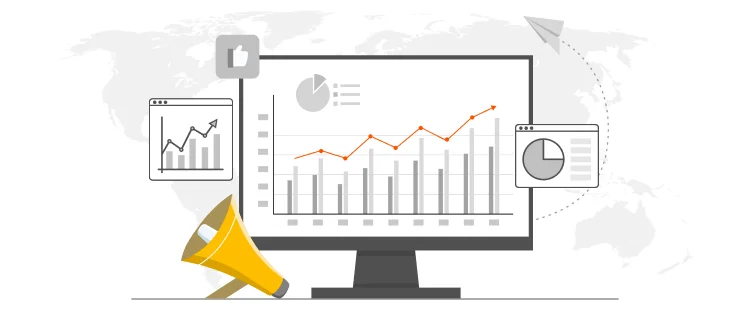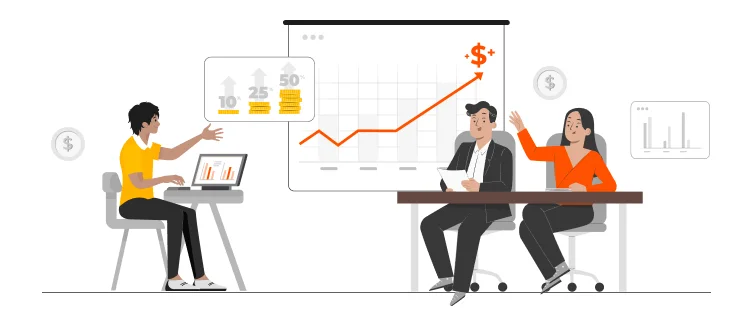In the medical dictionary, SAE stands for ‘Serious Adverse Event’; the SAE procedures mean methods for identifying and reporting serious adverse events associated with a trial drug. For gaining information about SAE procedures of a particular country, it is a good practice to hire Quality Translation Services to eradicate any language issues.
Denmark has one of the world’s most flourishing pharmaceutical industries; this can be observed by having a glimpse at the high number of active clinical trials going on in the country. So it is safe to say that Danish SAE Procedures Translation Services is a useful means to learn how serious adverse events are controlled around there.
Now the first you need to understand is the difference between AEs (adverse events) and SAEs (serious adverse events). An AE can be described as an unpleasant or hostile medical incident for a human participant of the clinical trial. This can be any unusual symptoms or disease that is a result of the patient’s involvement in the project.
At the point when a problem is entitled as an AE, we are not sure of the level of impact of its effects on the human body. We can only make assumptions of how uncritical or fatal a medical situation could be. The AE becomes an SAE when:
AEs can occasionally be expected problems that were seen as more unlikely to occur by the drug developers. SAEs are generally classified as unanticipated problems because pharmaceutical scientists would never intentionally test a drug on humans that had the ability to become a hazard to their health or life.
By acknowledging the successes of the Danish Medical industry, we should consider researching about their SAE standards and handling procedures. This will add to our knowledge and help us improve our clinical trial management. If you’re unfamiliar with Danish language, you are free to use Danish SAE Procedures Translation services.
Language Translation Services can convert data of any country to the language you desire, so do not hesitate to find out how SAEs are processed in different parts of the globe.
AEs are filed on adverse event forms; this can include one or more abnormalities that may have occurred at a single or different phases of the clinical trial. There is also a column on the form where you can remark how serious a symptom or occurrence is.
If you are looking for an AE form and come across one in a foreign language like Danish, you may apply Interpreting Services or Danish SAE Procedures Translation to get things going.
SAEs require more advanced and urgent reporting by the central investigator of the research. Any event of this category needs to be conveyed to the safety monitoring body within twenty four hours so that any damage that has taken place can be recovered from as soon as possible.

Many global companies, foreign governments and Iranian are hoping to see an increase in investment in Iran after declaring the
Read More
Artificial intelligence has taken a big space in almost every industry. There is also a widespread acceptance that AI is
Read More
Persuasion is all about manipulating other people behavior. At first it might sound immoral but it doesn’t have to be.
Read More
Now days everyone is searching for good ideas for their company they wanted to be more creative, they wanted to
Read More
Technology has now much diverse roots in this age of development. Now it is not wrong to say, that you
Read More
Localization is the practice of altering the functional properties of a product and also its characteristics. This is easily done
Read More
It is very important to know the fast and fearless front-facing trends of marketing your business in the digital age.
Read More
Nigerian Customer Purchasing Trends – All You Need To Know To Increase Your Sales! Online shopping is one of he many
Read More
Online Customer Purchasing Trends – Why the Polish Market Is Good For Your Sales? The Polish consumers are one of the
Read More


Document Translation
Professional document translation by native expertsApp Localization
Get more downloads by adapting your app for different target marketsVideo Translation
Multilingual translation and subtitling servicesWebsite Localization
Adapt your website into multiple contexts for global reachSoftware Localization
Adapt your software for global usersGame Localization
Reach new players with localized gameplayMTPE
Refine AI translations for natural fluencyBusiness Translation
Professional translation for business documents and websitesDTP & File Conversion
Professional DTP and File conversion, supporting multiple file formatsProofreading
Perfect your content with expert review© Copyright 2025 MarsTranslation